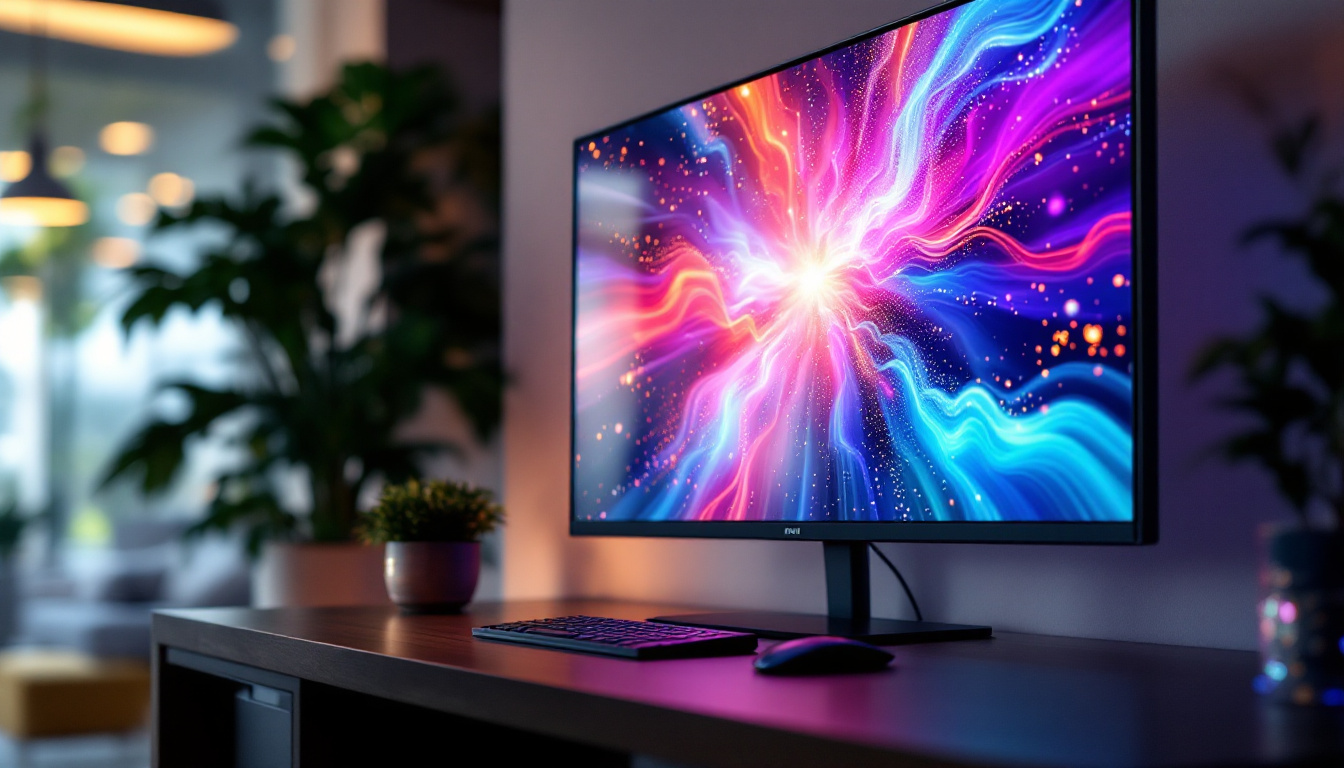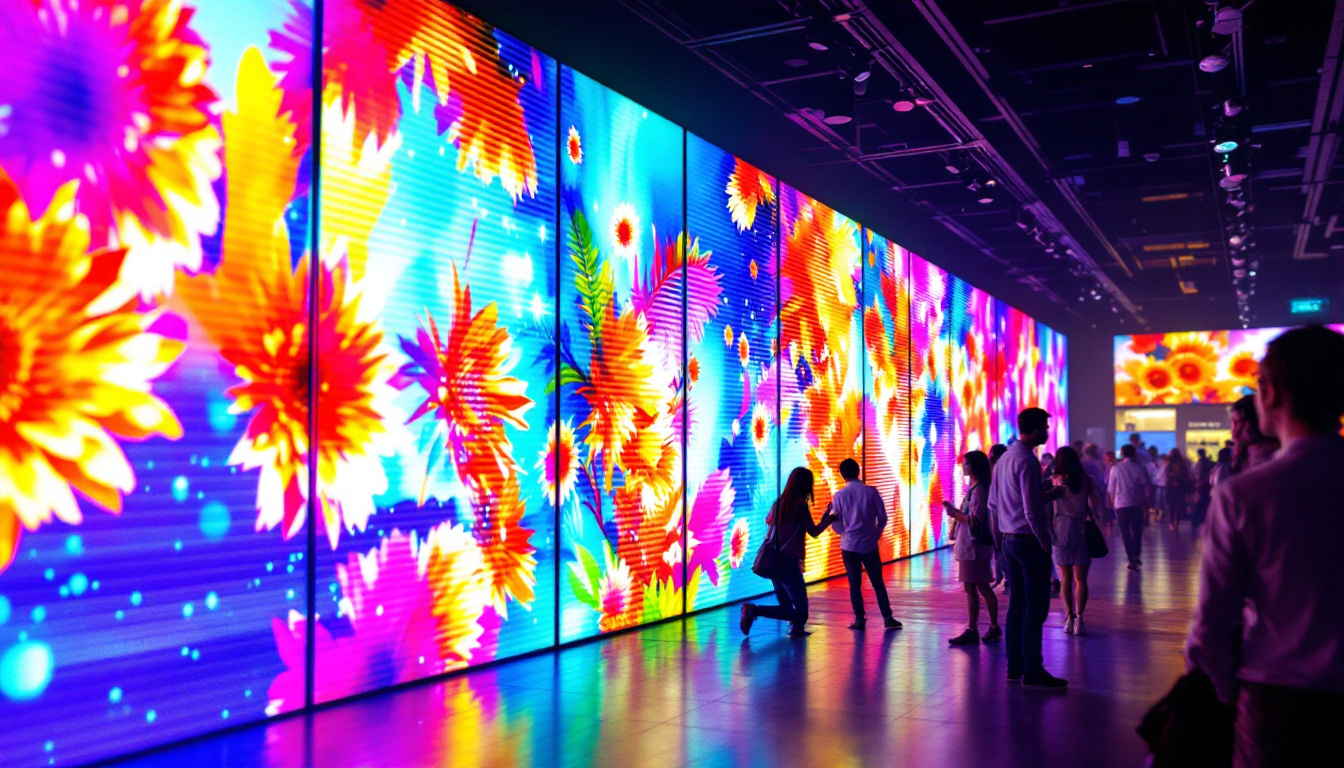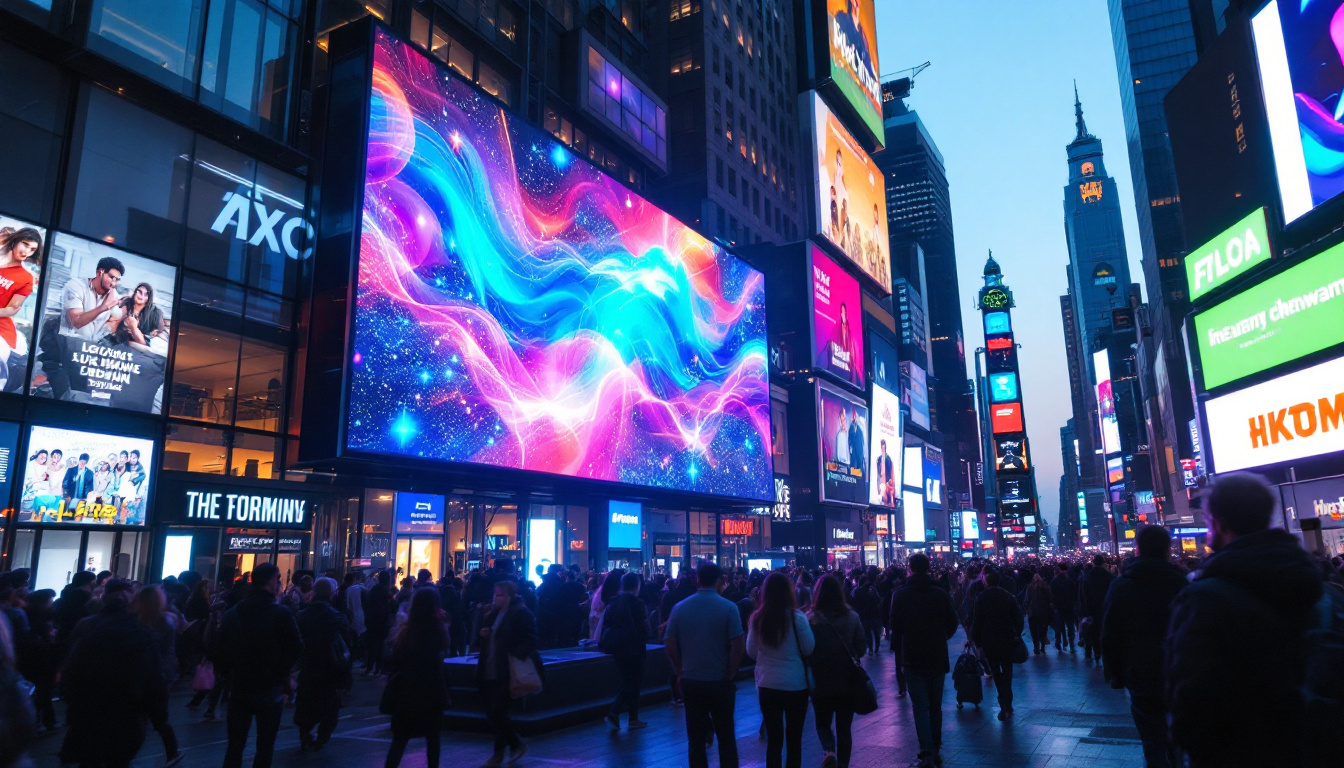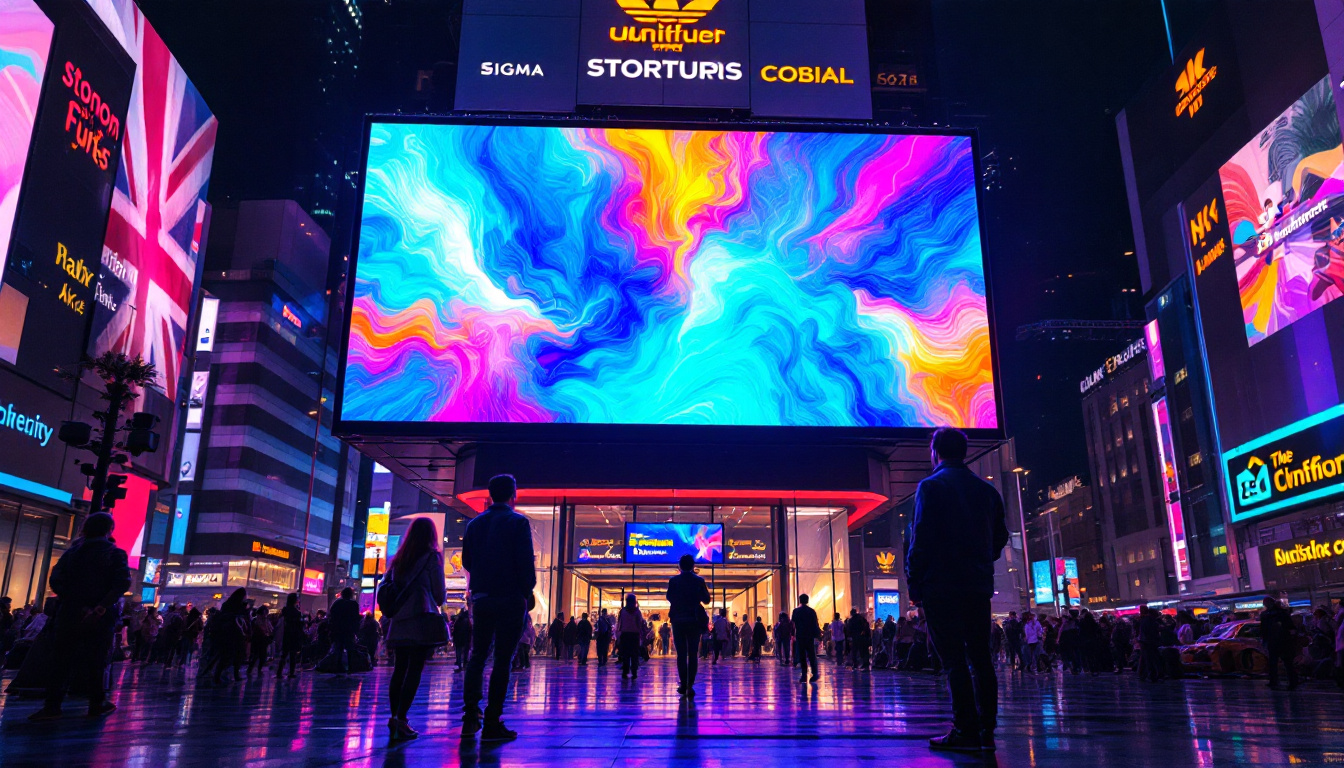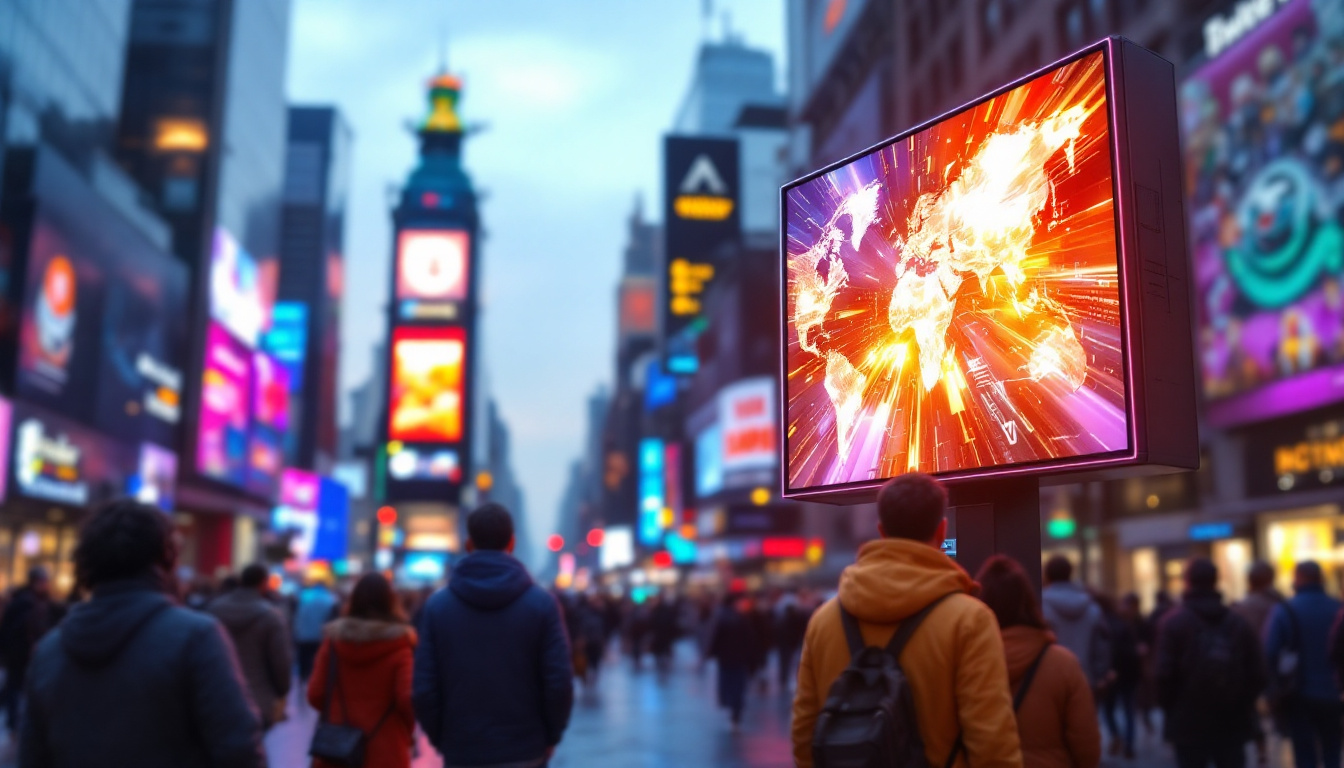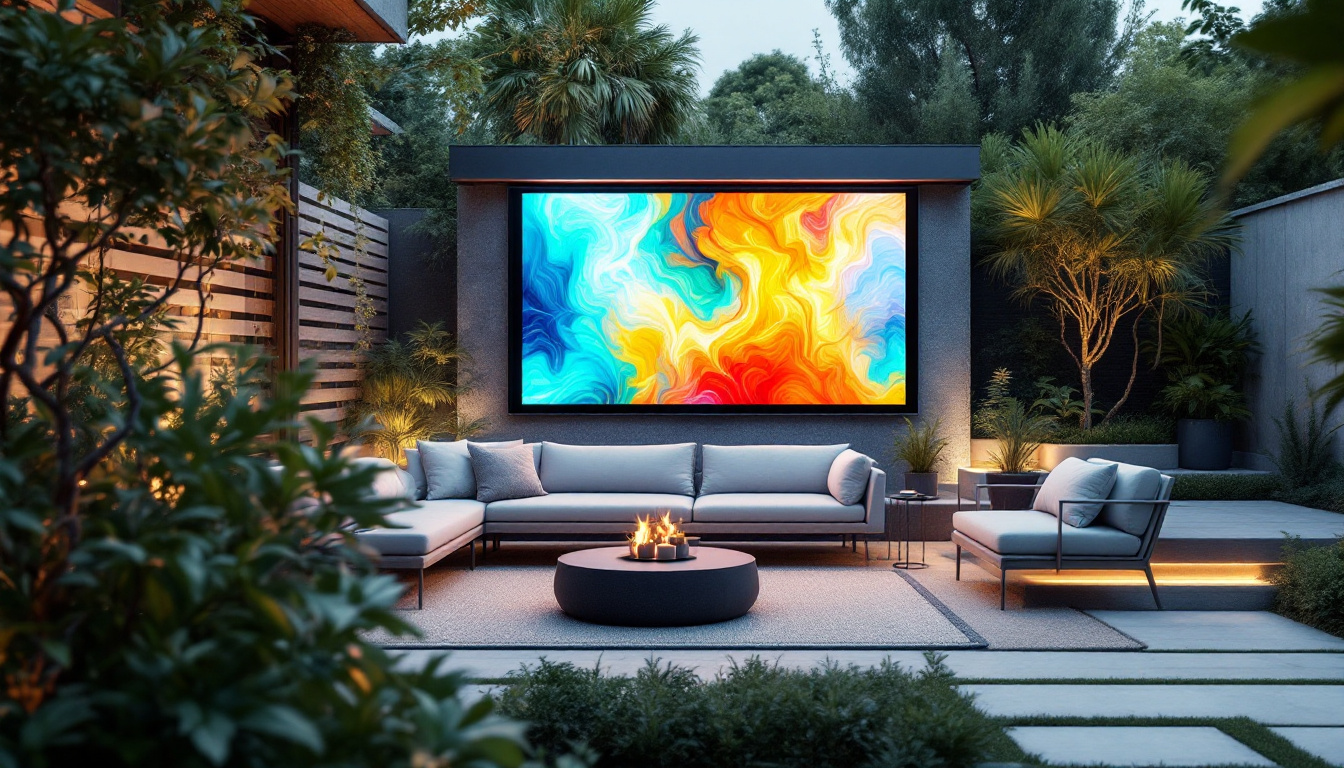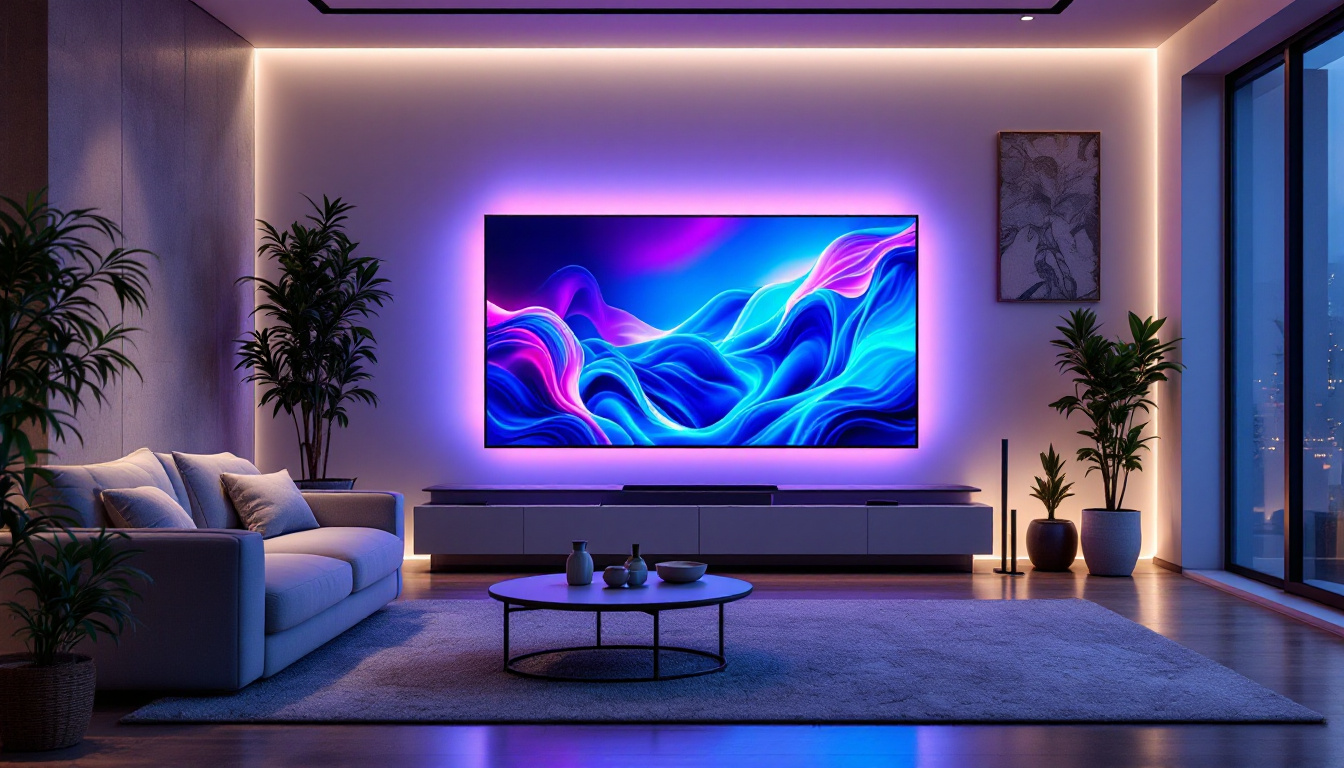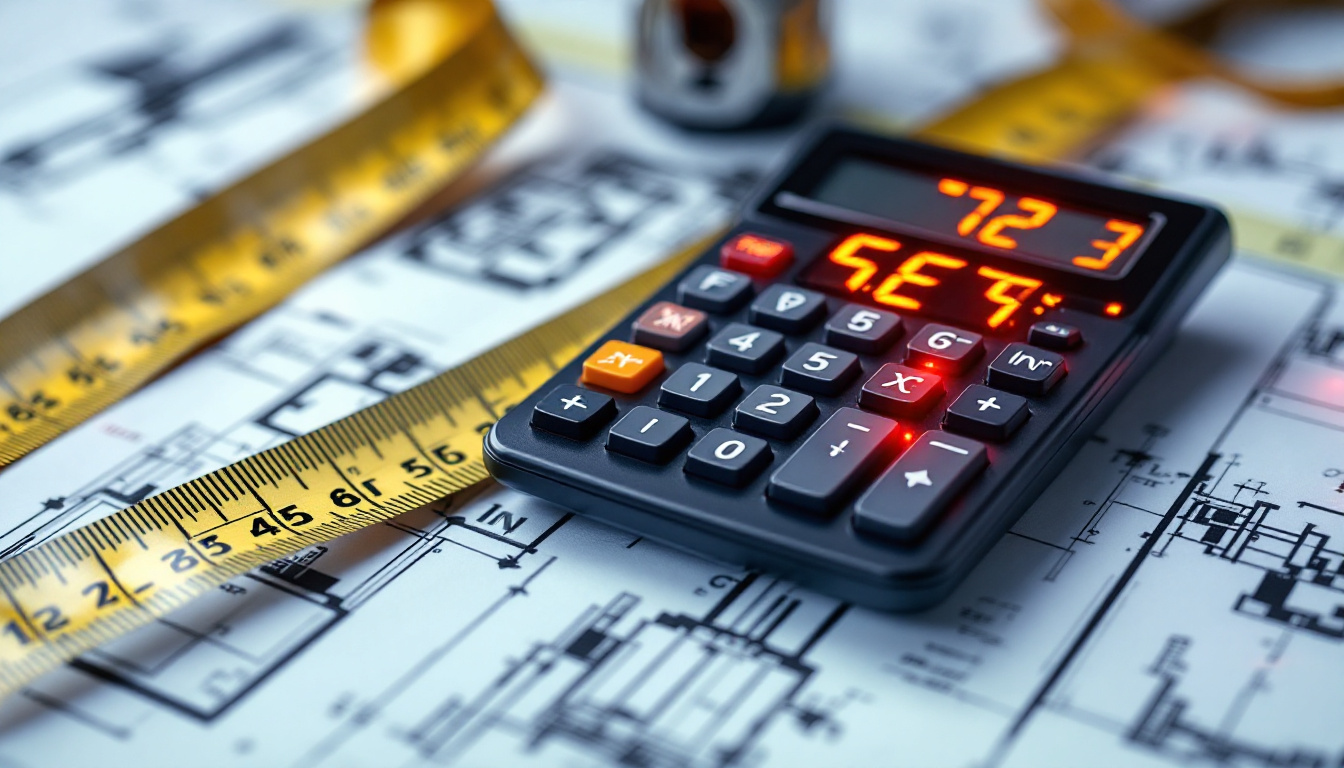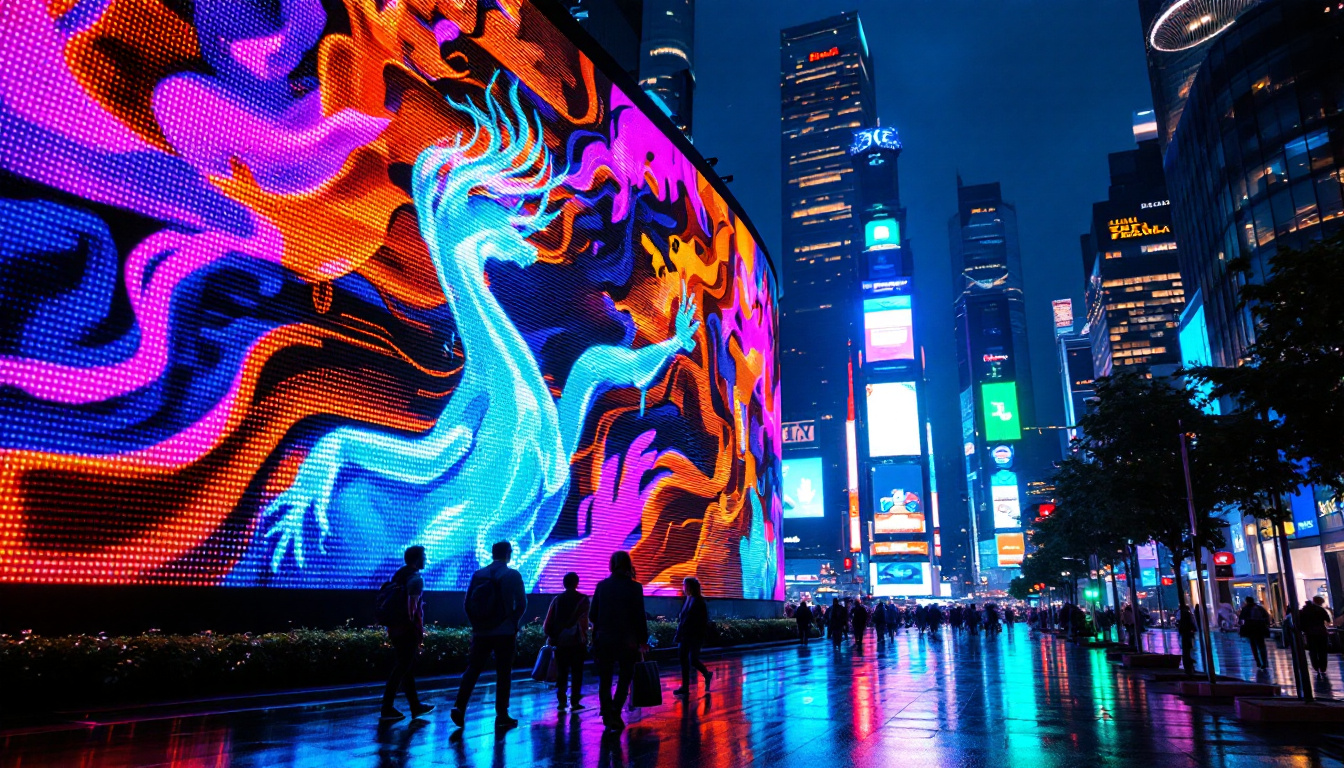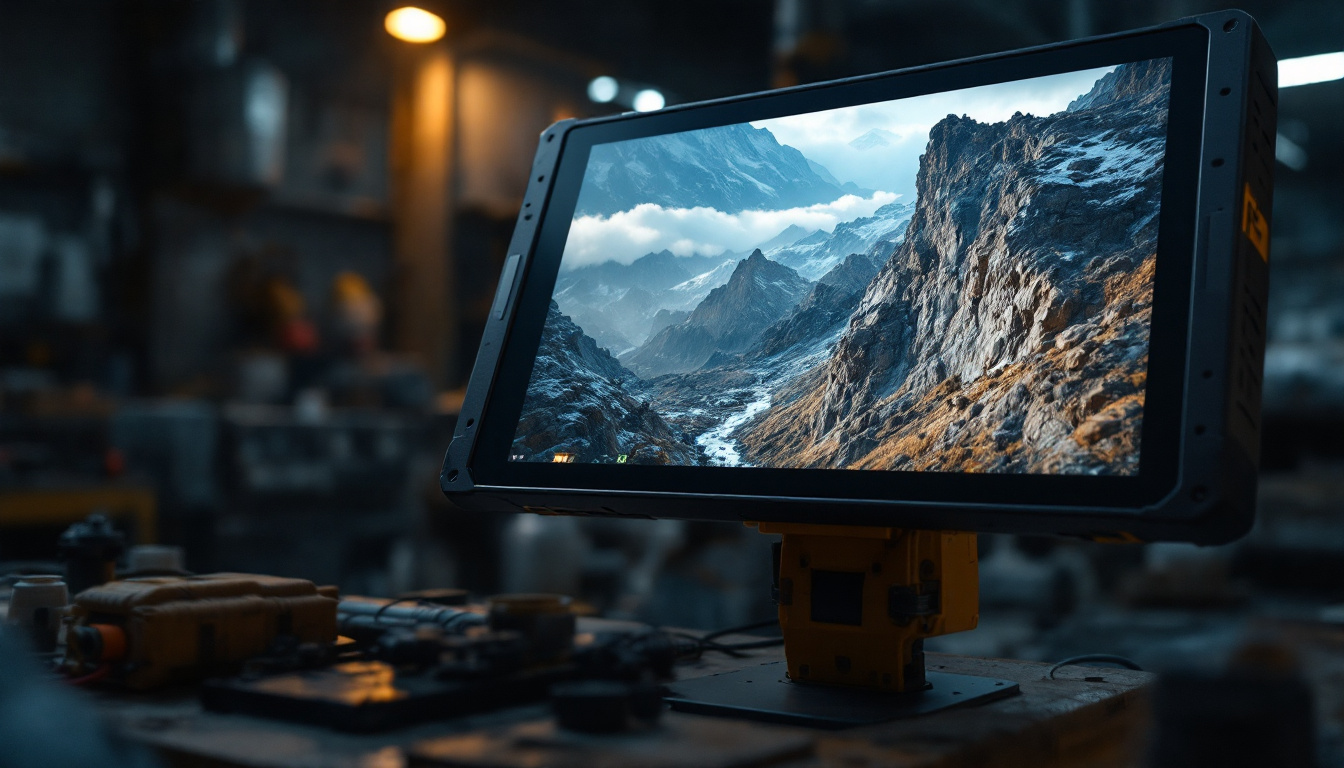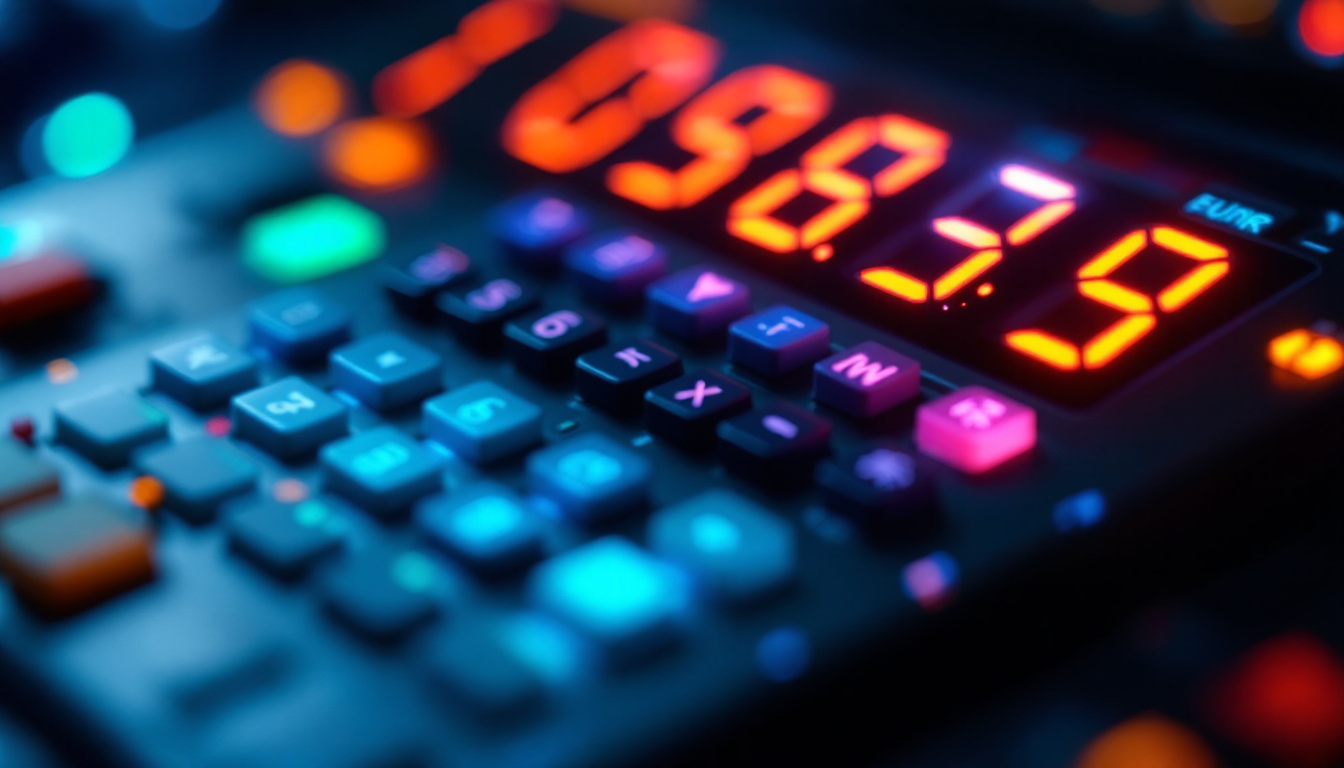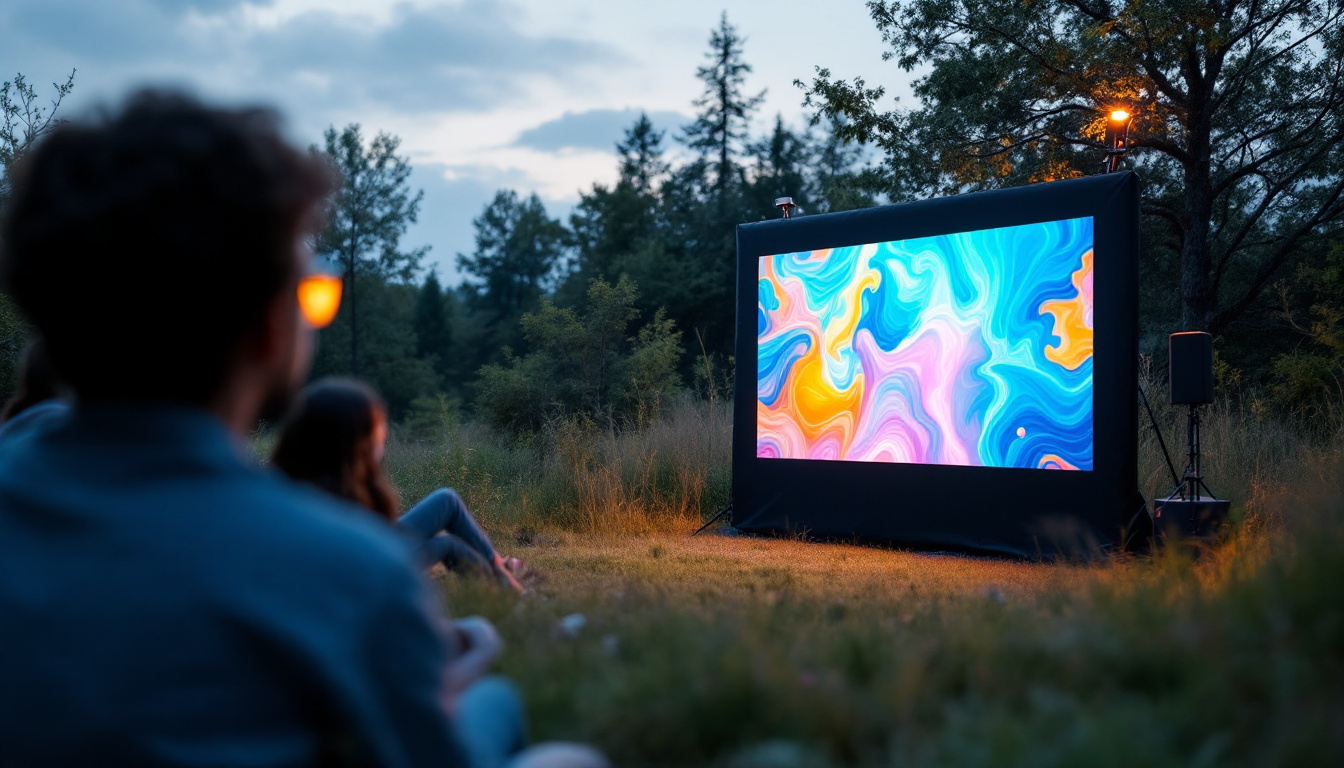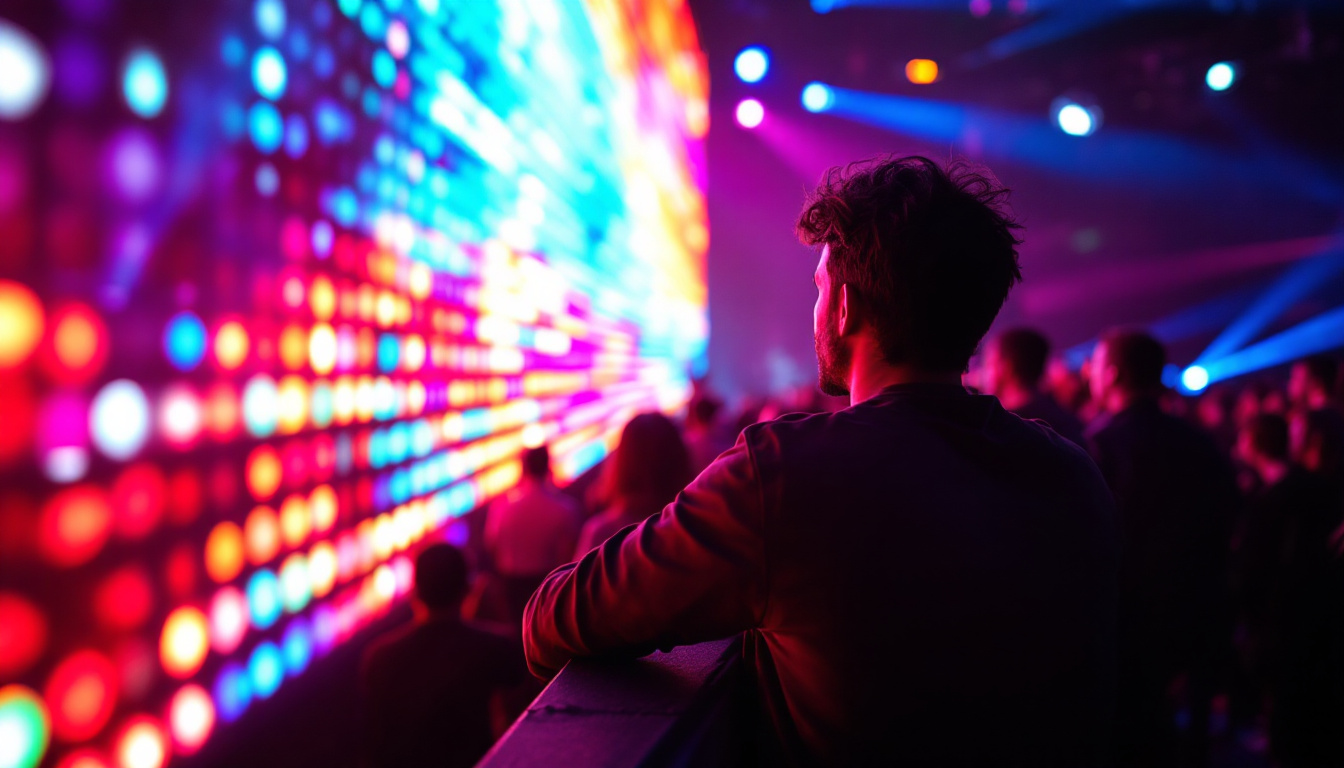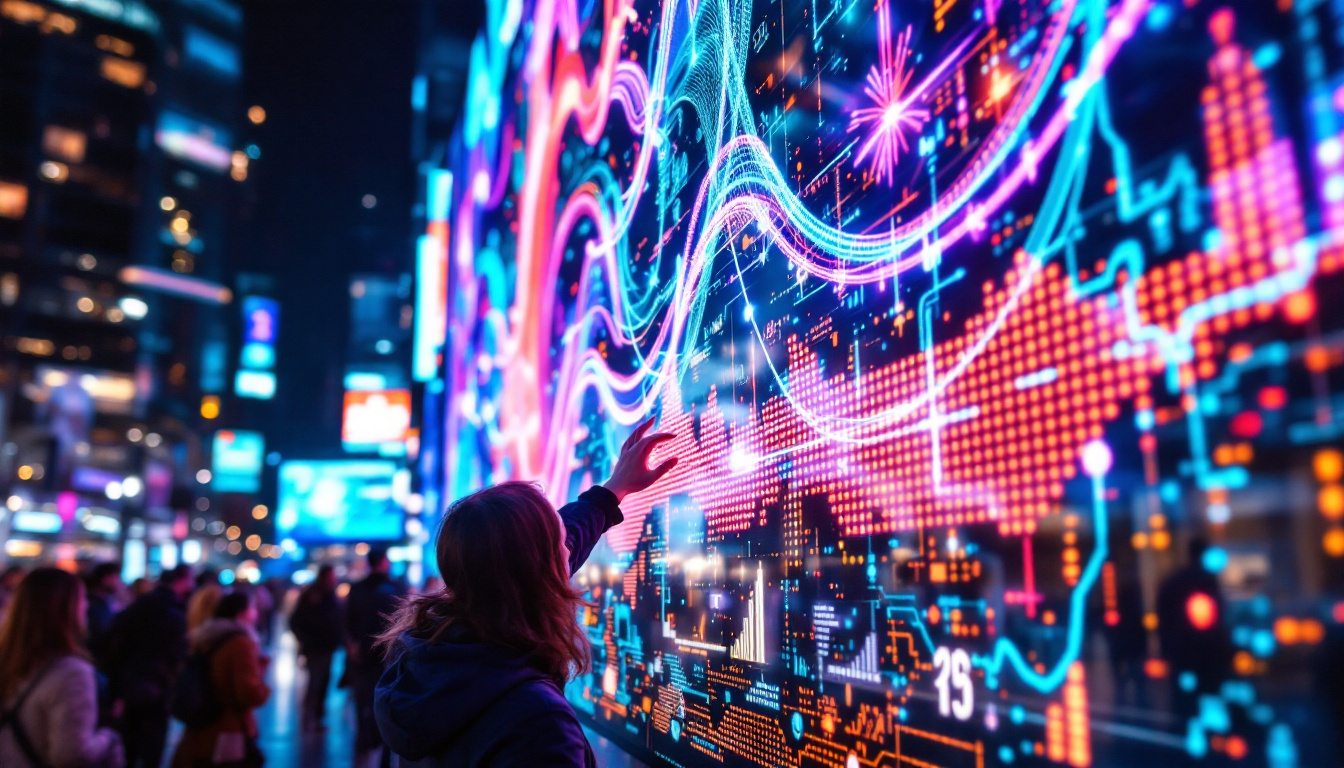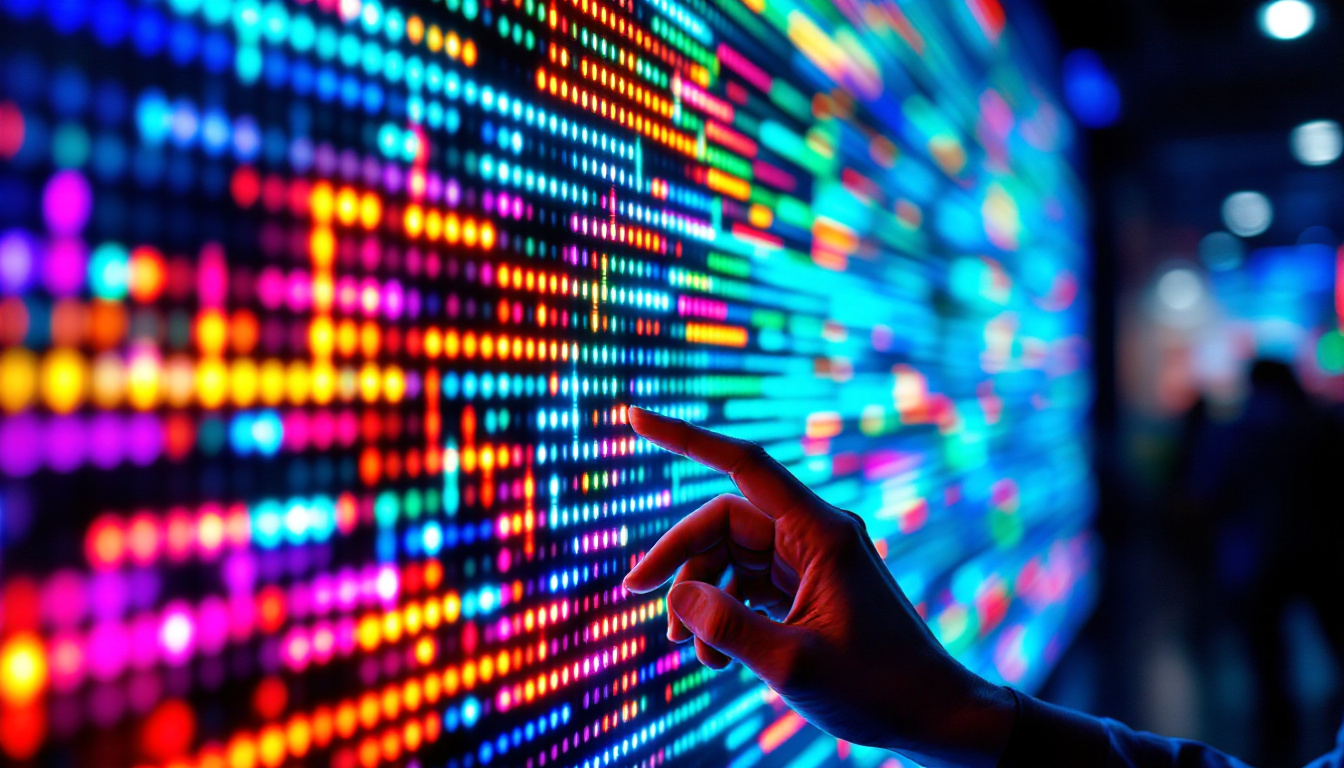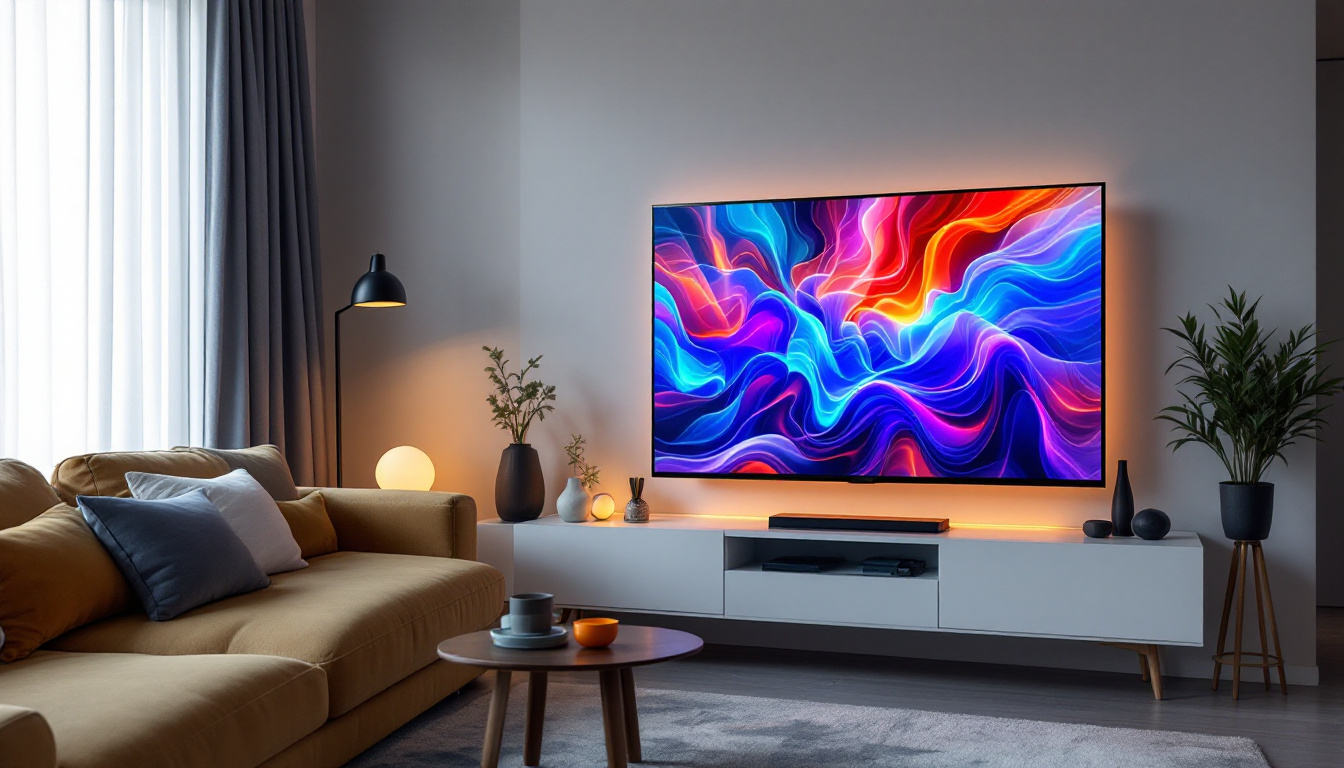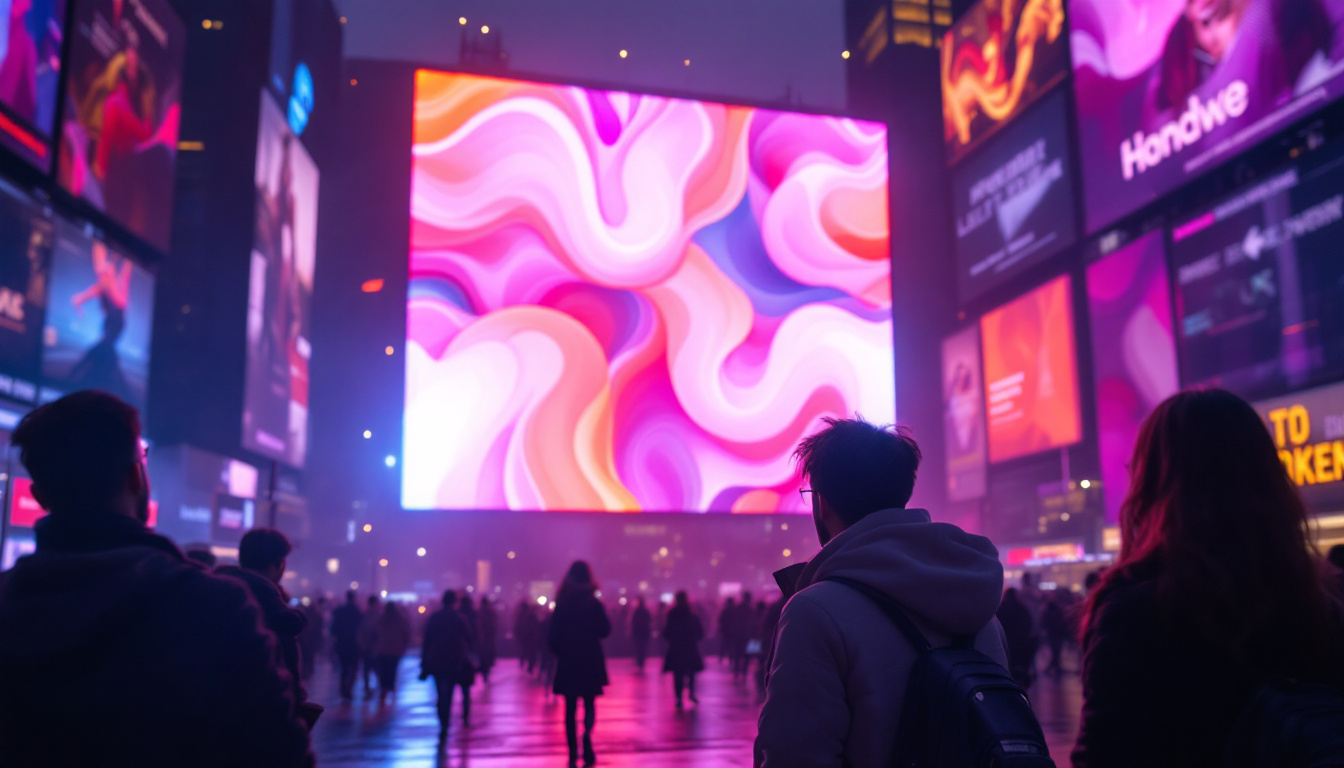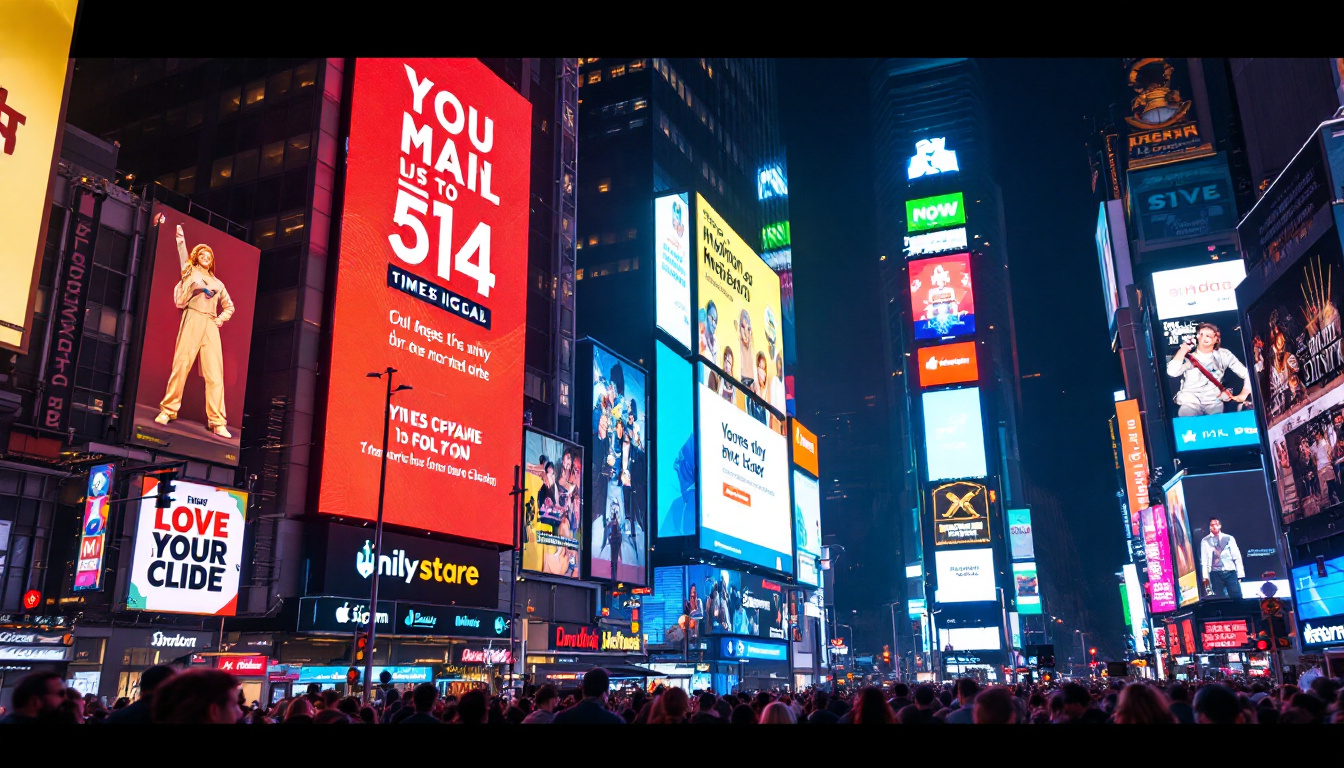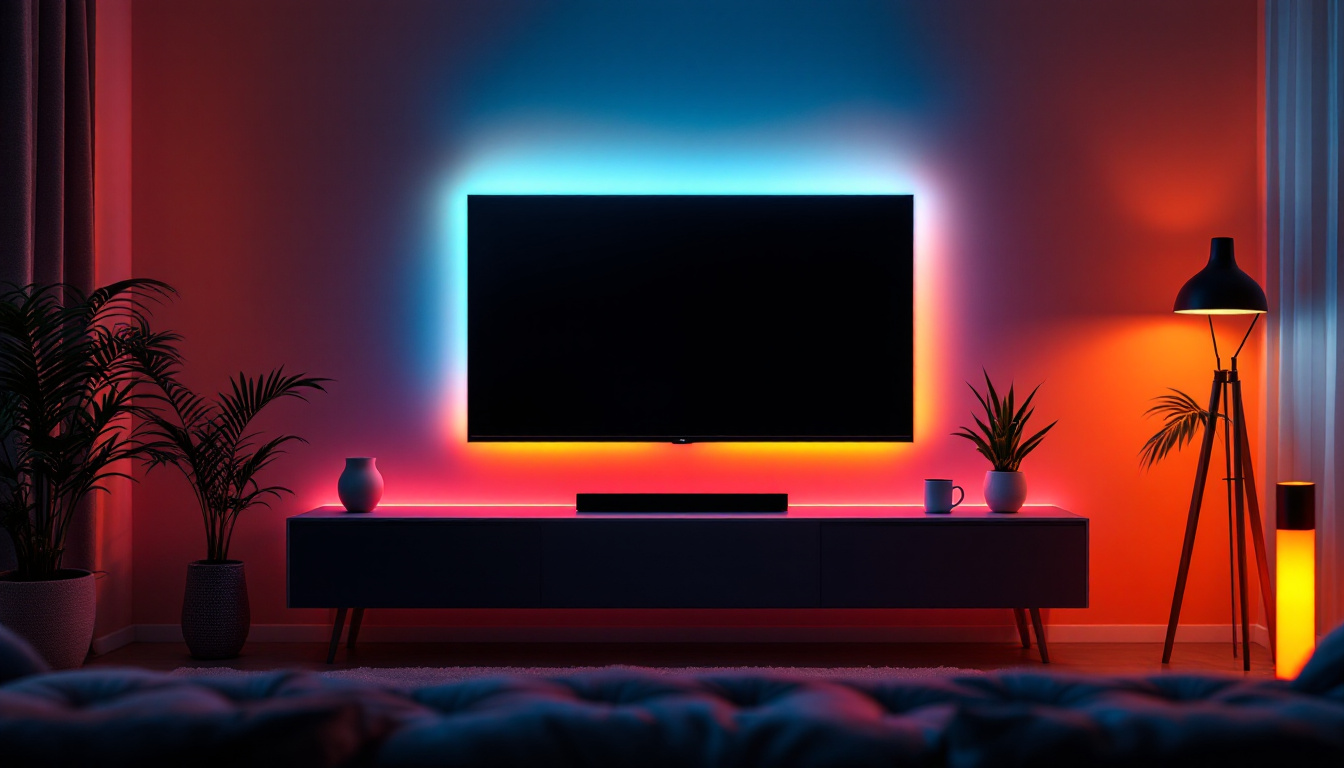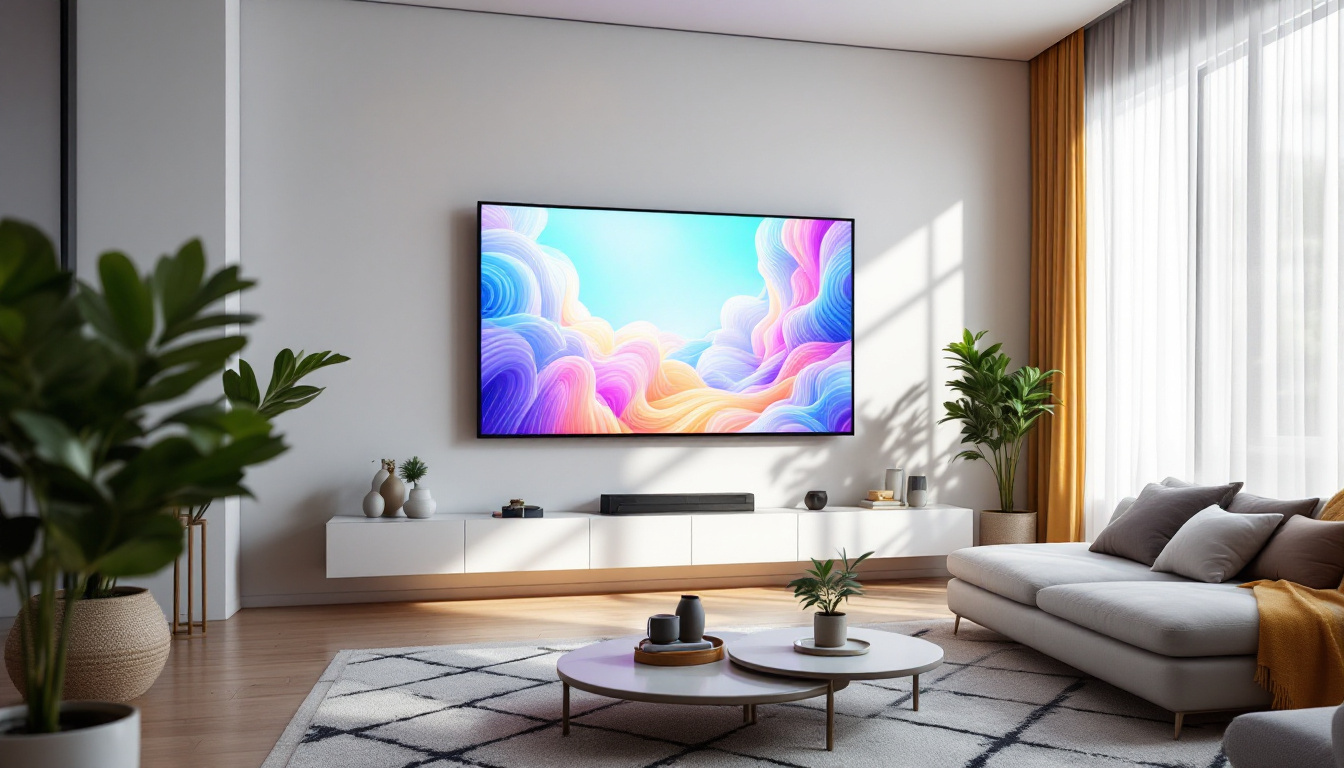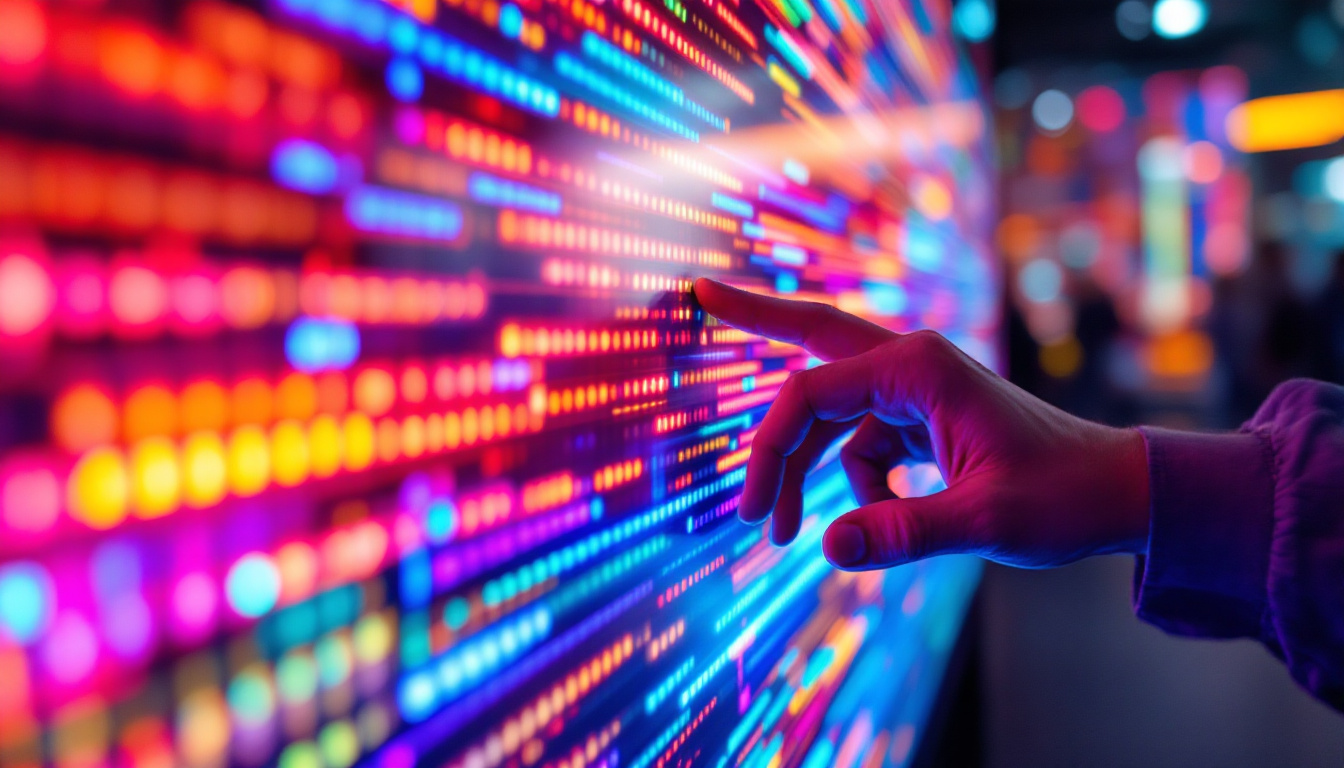In the rapidly evolving world of technology, digital display monitors have become an integral part of both personal and professional environments. Among the various types of displays available, LED (Light Emitting Diode) displays stand out for their vibrant colors, energy efficiency, and versatility. This article delves into the intricacies of LED displays, exploring their technology, applications, and advantages over other display types.
Understanding LED Technology
LED technology is a significant advancement in the field of display monitors, offering a range of benefits that have made it the preferred choice for many users. At its core, LED displays utilize semiconductor technology to produce light, which is fundamentally different from traditional display technologies like LCD (Liquid Crystal Display) or CRT (Cathode Ray Tube).
How LED Displays Work
LED displays consist of an array of tiny light-emitting diodes that create images by turning on and off in various combinations. Each pixel in an LED display is made up of red, green, and blue diodes, which can be mixed to produce a full spectrum of colors. When these diodes are illuminated, they generate bright and vivid images, making LED displays particularly effective for applications requiring high visibility.
The technology behind LED displays can be categorized into two main types: direct-lit and edge-lit. Direct-lit LED displays have LEDs positioned directly behind the screen, providing uniform brightness across the entire display. Edge-lit displays, on the other hand, have LEDs positioned along the edges, which allows for thinner panel designs but can sometimes result in uneven brightness. Understanding these differences is crucial for selecting the right display for specific needs.
Types of LED Displays
LED displays come in various forms, each designed for specific applications and environments. The most common types include:
- Standard LED Displays: These are typical monitors used in homes and offices, ideal for general computing tasks.
- OLED Displays: Organic Light Emitting Diodes offer deeper blacks and higher contrast ratios, making them popular for high-end television sets and smartphones.
- MicroLED Displays: A newer technology that promises even better color accuracy and efficiency, MicroLED displays are still emerging in the market but show great potential for future applications.
Each type of LED display has its unique characteristics, catering to different user preferences and requirements. Understanding these distinctions helps consumers make informed decisions based on their specific needs.
In addition to these common types, there are specialized LED displays designed for specific environments, such as outdoor billboards and digital signage. Outdoor LED displays are built to withstand harsh weather conditions and are often brighter to ensure visibility in direct sunlight. These displays are utilized in advertising, sports arenas, and public information systems, showcasing dynamic content that can be updated in real-time. Furthermore, advancements in technology have led to the development of flexible LED screens, which can be bent or shaped to fit unconventional spaces, opening new avenues for creative display solutions.
Another exciting aspect of LED technology is its energy efficiency. Compared to traditional display technologies, LED displays consume significantly less power, which not only reduces electricity bills but also contributes to a smaller carbon footprint. This energy efficiency is particularly important in large installations, such as video walls in corporate environments or entertainment venues, where the cumulative energy savings can be substantial. As the demand for sustainable technology continues to grow, LED displays are positioned as a leading choice for environmentally conscious consumers and businesses alike.
Applications of LED Displays
LED displays have a wide range of applications across various industries. Their versatility makes them suitable for everything from personal use to large-scale commercial installations.
Consumer Electronics
In the realm of consumer electronics, LED displays are ubiquitous. They are found in televisions, computer monitors, and smartphones, providing users with high-quality visuals for entertainment and productivity. The vibrant colors and sharp contrast ratios of LED displays enhance the viewing experience, making them a popular choice among consumers. Furthermore, advancements in LED technology have led to the development of OLED (Organic LED) screens, which offer even deeper blacks and more vivid colors, further enriching the visual experience. This innovation has not only elevated home entertainment systems but has also made its way into professional environments, such as graphic design and video editing, where color accuracy is paramount.
Advertising and Signage
LED technology has revolutionized advertising and signage. Digital billboards and outdoor displays utilize LED technology to capture attention with bright, dynamic content. These displays can be programmed to change messages frequently, allowing businesses to promote multiple products or services in real-time. The energy efficiency of LED displays also makes them a cost-effective solution for long-term advertising campaigns. Moreover, the ability to integrate LED displays with social media feeds and live updates has transformed traditional advertising into an interactive experience, engaging audiences in ways that static signs cannot. This interactivity not only enhances brand visibility but also fosters a connection with consumers, encouraging them to engage directly with the content being displayed.
Industrial and Commercial Use
In industrial settings, LED displays are employed for monitoring systems, control panels, and data visualization. Their durability and resistance to harsh environments make them ideal for use in factories and warehouses. Additionally, commercial spaces such as retail stores and airports utilize LED displays for wayfinding, information dissemination, and enhancing customer engagement. The clarity and brightness of LED displays ensure that critical information is visible even in brightly lit environments, which is essential for safety and efficiency. In addition, the integration of LED technology with IoT (Internet of Things) systems allows for real-time data updates, enabling businesses to respond swiftly to operational changes. This capability not only streamlines processes but also enhances the overall customer experience, as visitors can easily access information about services, promotions, and directions through these dynamic displays.
Advantages of LED Displays
The popularity of LED displays can be attributed to several key advantages they offer over traditional display technologies. Understanding these benefits can help users appreciate why LED technology is often the preferred choice.
Energy Efficiency
One of the most significant advantages of LED displays is their energy efficiency. Compared to traditional LCD and CRT displays, LED monitors consume considerably less power. This not only reduces electricity costs but also minimizes the environmental impact, making LED displays a more sustainable choice for consumers and businesses alike.
Brightness and Color Accuracy
LED displays are known for their exceptional brightness levels and color accuracy. They can produce vibrant colors that are more true to life, making them ideal for applications where visual fidelity is crucial, such as graphic design and video editing. The ability to achieve high brightness levels also ensures that LED displays remain visible even in well-lit environments, enhancing their usability.
Longevity and Durability
LED displays are designed to last longer than their traditional counterparts. With a lifespan often exceeding 50,000 hours, users can rely on LED technology for extended periods without the need for frequent replacements. This longevity, combined with their robust construction, makes LED displays a durable option for both personal and commercial use.
Challenges and Considerations
Despite their numerous advantages, LED displays are not without challenges. Potential buyers should consider several factors before making a purchase.
Cost Considerations
While LED displays have become more affordable over the years, they can still be more expensive than traditional display technologies. Consumers should weigh the upfront costs against the long-term benefits, such as energy savings and durability, to determine if an LED display is the right investment for their needs.
Viewing Angles
Another consideration is the viewing angle of LED displays. While many modern LED monitors offer improved viewing angles, some lower-end models may suffer from color distortion or reduced brightness when viewed from off-angles. It is essential to test the display in various lighting conditions and angles to ensure it meets the user’s requirements.
Potential for Burn-In
Certain types of LED displays, particularly OLEDs, can experience burn-in, where static images become permanently etched into the screen. While this is less of a concern with standard LED displays, users should be aware of this potential issue, especially if they plan to use the display for tasks involving static content.
Future of LED Display Technology
The future of LED display technology looks promising, with ongoing advancements that continue to enhance performance and expand applications. Innovations in materials and manufacturing processes are paving the way for even more efficient and versatile displays.
Advancements in MicroLED Technology
MicroLED technology is one of the most exciting developments in the display industry. By utilizing microscopic LEDs to form images, MicroLED displays promise to deliver superior color accuracy, brightness, and energy efficiency. As this technology matures, it is expected to become a viable alternative to OLED displays, particularly in high-end applications.
Integration with Smart Technology
As smart technology becomes increasingly integrated into everyday life, LED displays are evolving to accommodate these advancements. Smart LED displays can connect to the internet, enabling features such as streaming services, interactive content, and real-time updates. This integration enhances user experience and opens up new possibilities for applications in education, entertainment, and business.
Environmental Considerations
With growing awareness of environmental issues, manufacturers are focusing on making LED displays more sustainable. Efforts are being made to reduce hazardous materials in production and improve recyclability at the end of the product’s life cycle. As consumers become more environmentally conscious, these initiatives will likely play a significant role in shaping the future of LED display technology.
Conclusion
Digital display monitors, particularly LED displays, have transformed the way we interact with technology. Their vibrant colors, energy efficiency, and versatility make them suitable for a wide range of applications, from consumer electronics to industrial use. While there are challenges to consider, the advantages of LED technology often outweigh the drawbacks, making it a popular choice among users.
As advancements continue to shape the future of LED displays, it is clear that this technology will remain at the forefront of the display industry. Whether for personal use or commercial applications, understanding LED displays is essential for making informed decisions in an increasingly digital world.
In summary, LED displays represent a significant leap forward in display technology, offering numerous benefits that cater to the diverse needs of users. With ongoing innovations and a focus on sustainability, the future of LED displays is bright, promising even more exciting developments on the horizon.
Explore Cutting-Edge LED Displays with LumenMatrix
Ready to experience the future of digital displays? LumenMatrix is at the forefront of LED display technology, offering a wide array of innovative solutions that bring your visual communications to life. From vibrant Indoor LED Walls to dynamic Outdoor LED Displays, and from versatile Vehicle LED Displays to engaging LED Sports Displays, LumenMatrix has the perfect solution to meet your needs. Discover how our state-of-the-art LED Poster Displays, Floor LEDs, Custom Displays, All-in-One, and Transparent LED solutions can transform your space and captivate your audience. Check out LumenMatrix LED Display Solutions today and take the first step towards revolutionizing your visual engagement.

